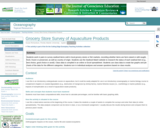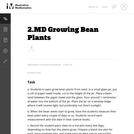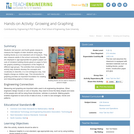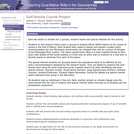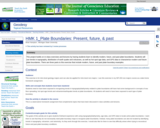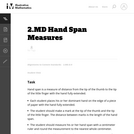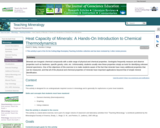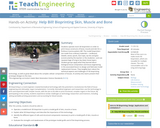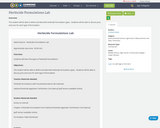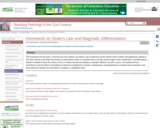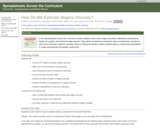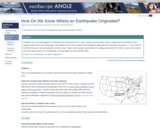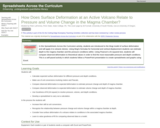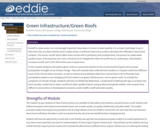
Runoff in urban areas is an increasingly important issue when it comes to water quality. It is a major hydrologic issue in New York City, as urban infrastructure creates excess runoff and impervious surfaces decrease the infiltration rate of land surfaces. This excess runoff, which often times carries with it pollutants and contaminants, has proven to create water quality issues. It has become ever more critical to try to mitigate the influx of runoff into our waterways. Urbanization increases runoff, and in NYC 64% of the area is impervious.
In this module students will explore green roofs as a potential solution to the environmental impacts of increased precipitation brought on by climate change. They will evaluate data collected from studies on 15 green roofs from different areas of the US and other countries, as well as historical precipitation data from Central Park in NY to illustrate how precipitation patterns are changing and if we need to use green infrastructure, such as green roofs, to combat the symptoms of climate change. Students will also use Model My Watershed , a watershed-modeling web app, to analyze real land use data, model storm-water runoff and water-quality impacts using professional-grade models, and compare how different conservation or development scenarios could modify runoff and water quality.
(Note: this resource was added to OER Commons as part of a batch upload of over 2,200 records. If you notice an issue with the quality of the metadata, please let us know by using the 'report' button and we will flag it for consideration.)
- Subject:
- Biology
- Career and Technical Education
- Environmental Studies
- Geology
- Life Science
- Mathematics
- Measurement and Data
- Physical Science
- Statistics and Probability
- Material Type:
- Activity/Lab
- Provider:
- Science Education Resource Center (SERC) at Carleton College
- Provider Set:
- Teach the Earth
- Author:
- Elizabeth Farrell, CUNY Queens College; SUNY Nassau Community College
- Date Added:
- 09/19/2022
